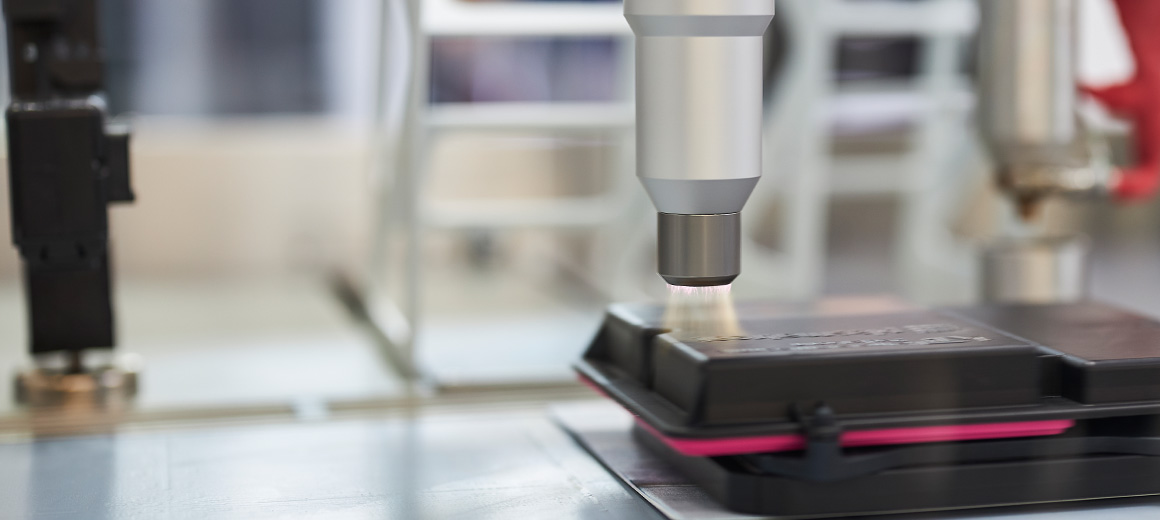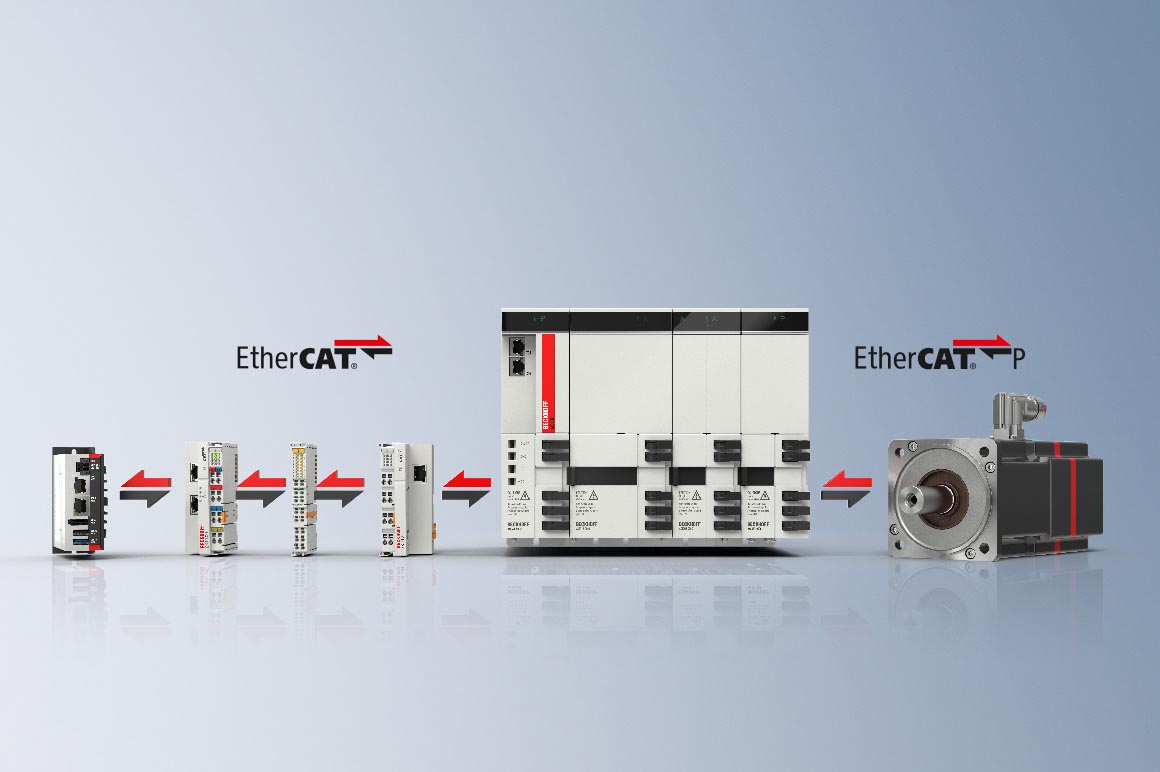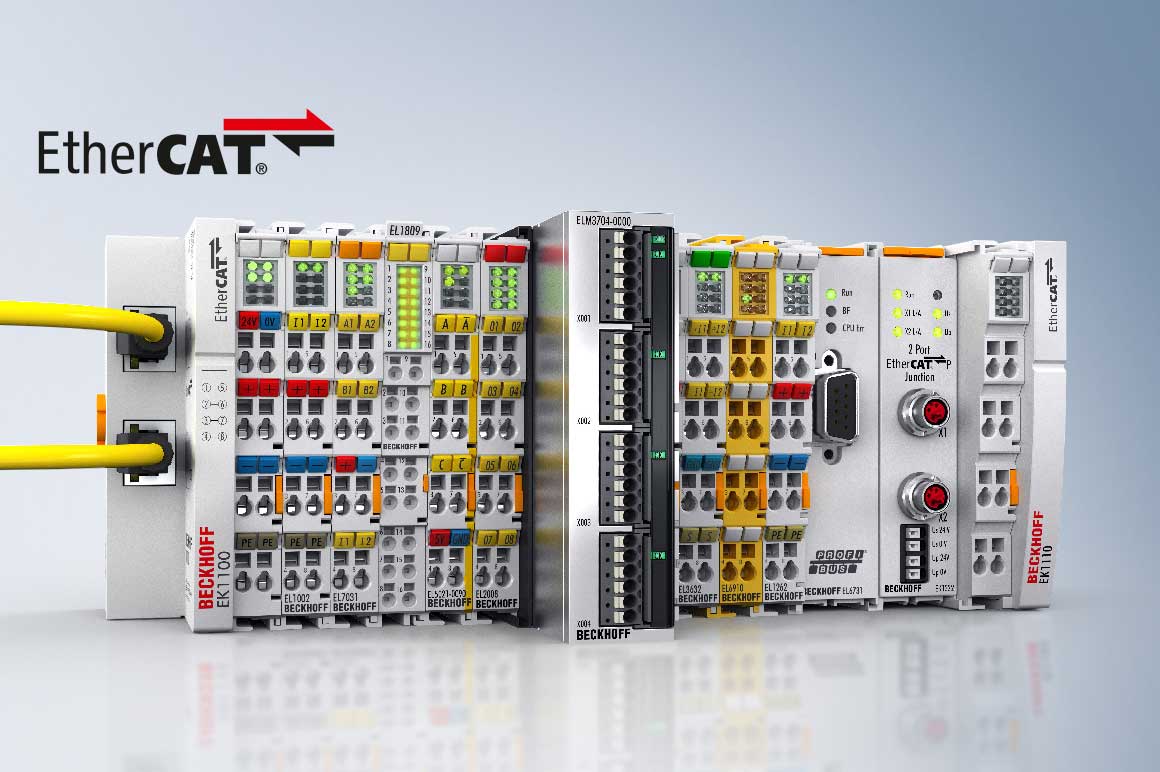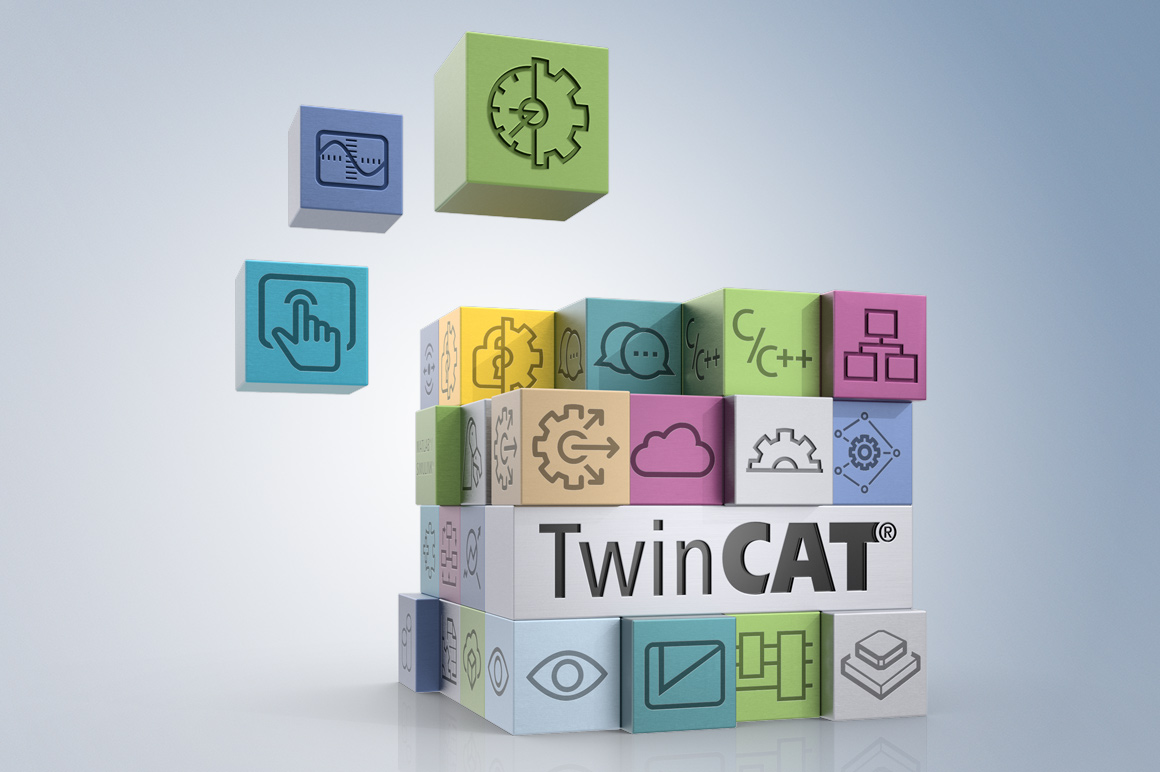In addition to the core processes in plastics processing, there are important technologies for the further processing of plastic preliminary products. A distinction is generally made between thermal and non-thermal processes in post-processing.
The advantages of the innovative Beckhoff technology for the post-processing of plastic parts:
- Open, platform-independent control technology makes development expenditure sustainable.
- High-performance, scalable control technology improves productivity and offers an optimal price-to-performance ratio.
- I/Os for all common signal types and different environmental conditions support a modular machine design.
- A wide range of drive components in different performance classes, including the innovative XTS and XPlanar transport systems, make completely new machine concepts possible.
- EtherCAT, as a fast fieldbus, brings the high system performance to the sensors/actuators and also allows the use of third-party components, e.g., in drive technology.
- The large Beckhoff component portfolio and EtherCAT as a fieldbus that is perfectly integrated in TwinCAT allow the construction of complete production lines, including filling stations and packaging.
Beckhof technology optimizes the post-processing of plastic parts
Post-processing of semi-finished plastic products without repeated thermal treatment
Extrusion lines or foil machines integrate the post-processing processes such as trimming, cutting to length or winding; these machine modules are often equipped with their own Beckhoff control system. For joining processes and ultrasonic welding, Beckhoff offers among other things compact drive technology with integrated motion control as well as the appropriate temperature control algorithms. For the assembly of plastic components, for example in the production of medical products, Beckhoff customers have a broad portfolio of drive components at their disposal, including the XTS linear transport system. Vision products are also increasingly being used in this area. XPlanar has also been used for the first time as a flexible, fast workpiece carrier for coating. An important technology in the field of packaging foils is printing. More detailed information on Beckhoff solutions for printing applications can be found here.
The following processing steps for plastic pre-products are widely used:
- trimming, cutting to length, winding
- joining, gluing, ultrasonic welding
- coating
- printing
- assembly
For these processes, Beckhoff offers solutions from its rich product portfolio:
- TwinCAT as engineering software with integrated Motion Control functions
- drive components, including the innovative XTS and XPlanar transport systems
- I/Os for all common signal types and different environmental conditions
- high-performance Industrial PCs and a wide variety of operating devices
- various fieldbus interfaces for connecting post-processing machines with their own controller
PC-based control optimizes the further thermal processing of plastic products
Thermal post-processing determines the geometry and mechanical properties of the preform. Widely used methods are stretch blow molding and the thermoforming process. Beckhoff's PC-based control technology is used for these production processes, with TwinCAT as the engineering platform. Of particular interest here are the motion control solutions from Beckhoff for hydraulic and electric axes, the extensive drive technology portfolio and the high system performance of the PC-based control technology in conjunction with EtherCAT. Beckhoff operating devices with HTML5-based visualization open up web-based operating concepts.
Thermoforming/deep drawing
The input materials for the thermoforming process are plastic flat foils, which are produced in an extrusion process. In the thermoformers, the plastic film is heated and brought into the desired shape by thermoforming tools/stamps.
Beckhoff optimizes the thermoforming process through:
- open, PC-based control technology with advanced path control, e.g., for non-linear gear unit functions (cam plates)
- temperature controllers for foil heating by means of infrared radiators
- hydraulic software library for hydraulically driven deep-drawing tools
- compact drive technology and motor-integrated drives for the realization of a compact, modular machine design
- HTML5-based process visualization with prefabricated framework controls for visualizing the temperature controllers
Stretch blow-molding process
Two-stage production processes are also common in the production of plastics, such as in the production of PET bottles. First, a so-called preform is produced in an injection molding process. In the second stage of production, the heated preforms are stretched with the help of the stretch blow molding process and inflated to the desired shape in a mold by pressing in air. Beckhoff supplies automation technology for both production steps. Husky Injection Molding Systems, the market leader in the production of preforms, has been using Beckhoff technology for more than 20 years.
The Beckhoff development criteria for the production of preforms:
- Open, platform-independent control technology makes development expenditure sustainable.
- High-performance, scalable controllers contribute to material savings.
- EtherCAT as a fast fieldbus allows the use of third-party components, e.g., drive technology.
- Flexible automation technologies enable easy integration into production cells.
Application reports and brochures
- 04.11.2024 | Application report
Plastic Framework increases flexibility and dynamics for more efficient processes
BBM, GermanyThe economical use of all resources is important in plastics processing. BBM, a machine builder specializing in blow molding machines based in Langenberg, Germany, therefore attaches great importance to all-electric machines and innovative process control with the TwinCAT 3 Plastic Framework. Automated with PC-based control from Beckhoff, energy consumption is reduced by producing higher quantities combined with an efficient use of materials.
- 11.10.2022 | Brochure
PC-based control for plastics machines
Beckhoff offers plastics machine manufacturers genuine competitive advantages with PC- and EtherCAT-based control technology and the integration of common communication standards, which are standardized according to Euromap and OPC UA.
- 17.08.2022 | Application report
Integrated plastic flow simulation increases efficiency and flexibility
Yudo EU, PortugalYudo EU was founded in Portugal in 2003 and develops hot runner injection systems primarily for the European and American markets. According to Yudo EU, the new Yudrive 2 hot runner solution, developed with Beckhoff as an innovative automation partner and the powerful PC-based control technology, sets new standards in terms of flexibility, precision and efficiency.
- 17.08.2022 | Application report
Existing automation platform scales up to increase throughput and maintain improved quality
MHS, CanadaBased in Georgetown, Ontario, MHS launched its first M3 micro molding machine with the capacity for eight injection molding cavities. The successful solution used PC-based control technology and EtherCAT, along with other Beckhoff components. When MHS decided to scale up to a 32-cavity system in 2020, they found the Beckhoff platform easily scaled with no component upgrades and maintained their innovative process that preserves the working life of the plastic melt.
- 13.04.2022 | Application report
Increased productivity and quality through data transparency and faster diagnostics
Govaerts, BelgiumIn a closed-loop society, waste has long been used as raw material for new products. In fact, it’s a philosophy that Govaerts Recycling has lived by since the 1990s. But recycling is and remains a heterogeneous material flow that can demand the utmost from recycling machines, so it’s better if overloads can be detected quickly – for example, via the current consumption. The company, based in Alken, Belgium, has relied on Beckhoff measurement technology and expertise for years, most notably with the EL9227 electronic overcurrent protection terminals.






















